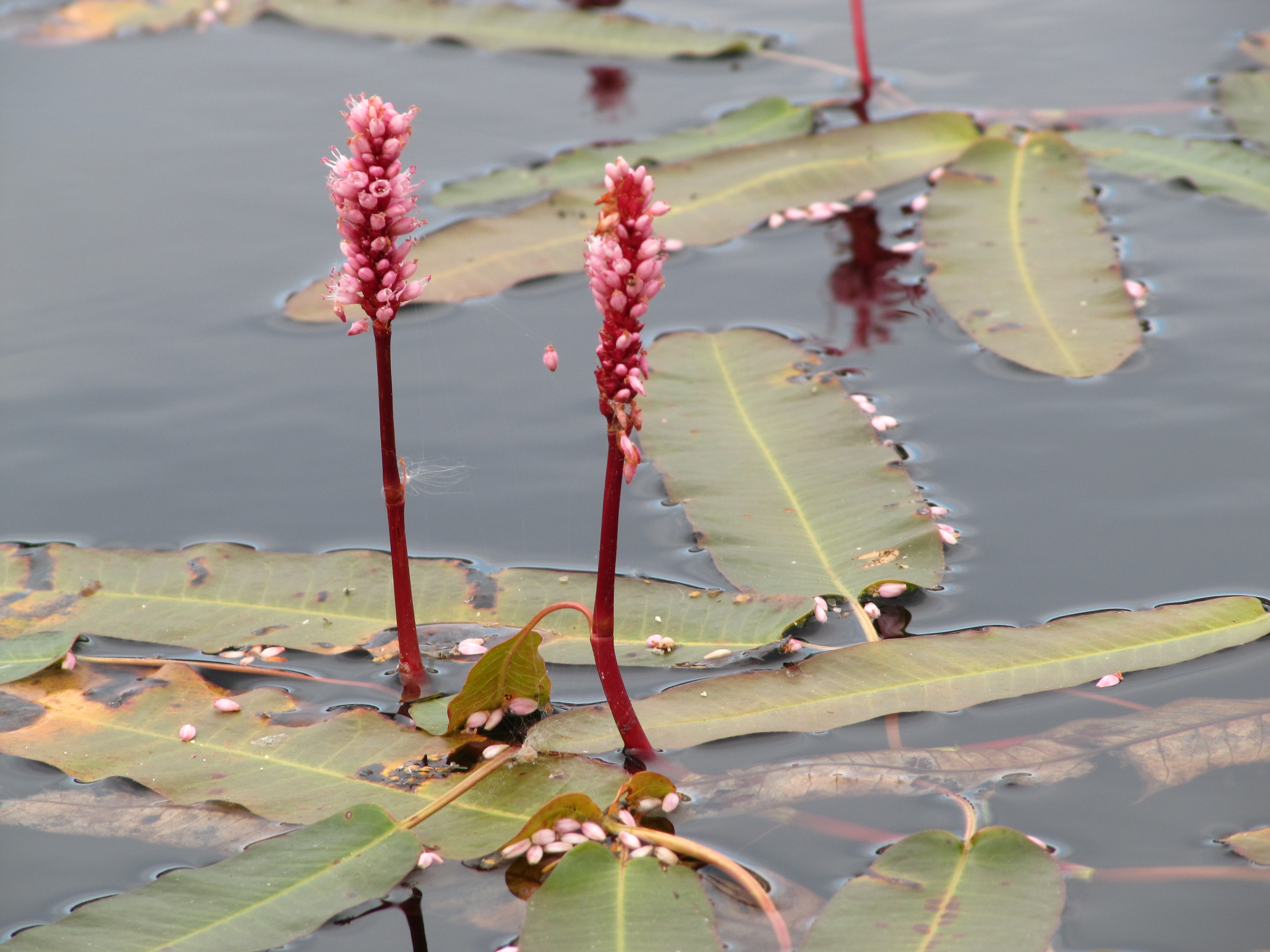
Ecological Importance
Water smartweed provides seeds for waterfowl, game birds, deer and muskrat; leave provide shelter for fish and habitat for invertebrates. Smartweed provides some erosion control along the shoreline.
In the Midwest, it's best to leave these plants alone. They typically do not form dense stands in the Midwest. In the southern and Western United States, Smartweed can form dense mats covering open water.
Plant Description:
Water smartweed has alternately arranged, oblong leaves which are about four inches in length. The stem is distinctly jointed with conspicuous membranous stipules that sheath the stem at the joints. Smartweed flowers in midsummer with dense pink, rose, or white flowers held erect above the water. The plants may be emergent in shallow water or completely submersed with only the flowers visible above the surface. Smartweed commonly grows in shallow water along shorelines.
Hints to Identify
Similar in appearance to broad-leaf pondweeds but can be distinguished by the presence of swollen nodes on the stem and lack of submersed leaves.
|
Homeowner Treatment Options
|
| Imazapyr 4 SL |
| Navigate |
| Shoreline Defense® Herbicide/Cygnet Plus Combo |
| *Aquatic Biologists recommends implementing preventative management techniques and physical removal prior to, or in conjunction with treatment. |
Common Application Questions
Q. How much should I treat?
A. Spot treat as needed to maintain navigation channels and swimming areas. Remember this plant is very beneficial and should not be treated where it is not a nuisance.
Q. When is the best time to treat?
A. Once water temperatures are around sixty degrees or warmer.
